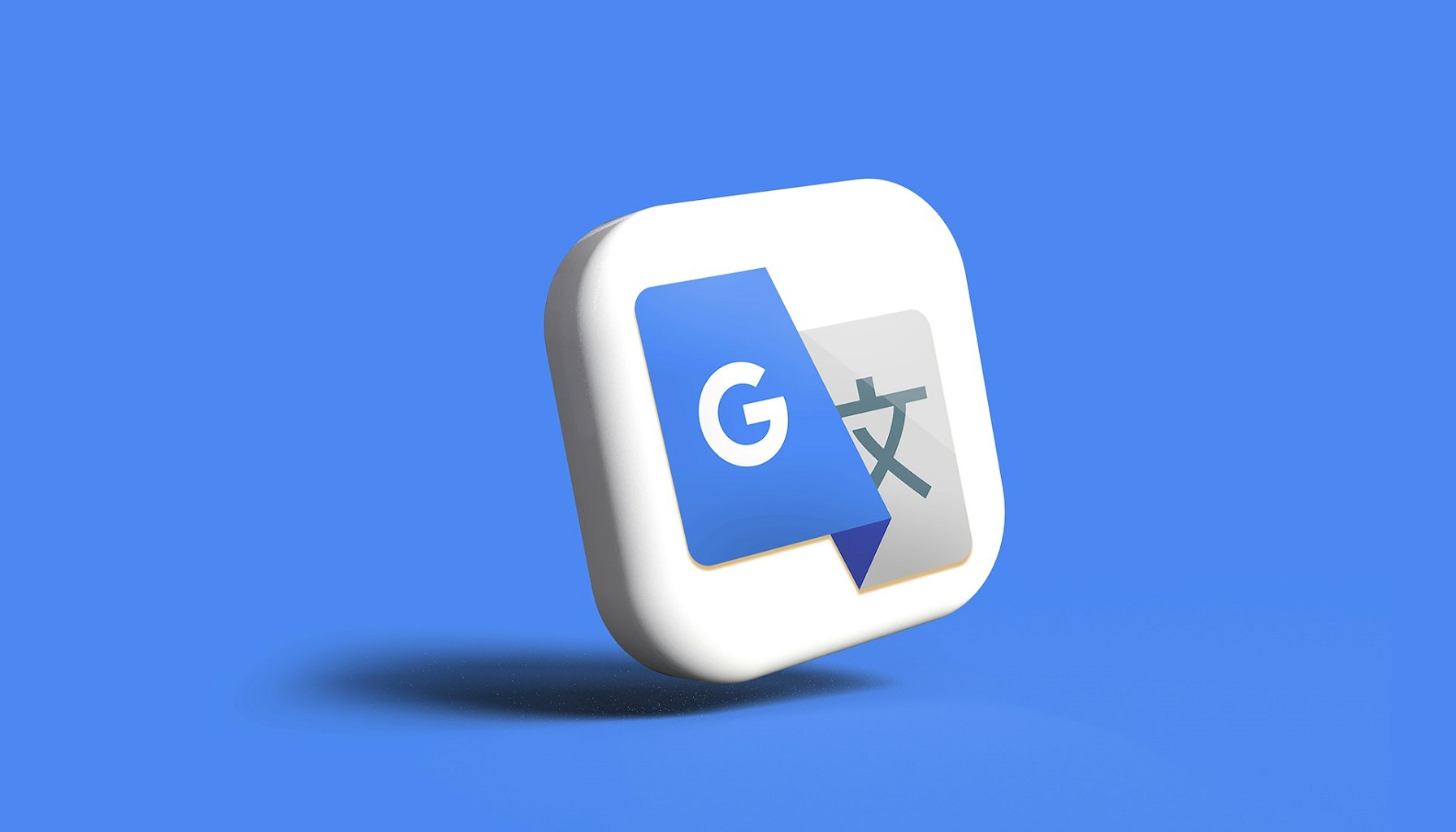Table of contents

Accessible Learning: How AI Translators Remove Language Barriers
Kalina Georgieva
7 min.
Published on 09.01.2025
Updated on 23.01.2025
Key Facts
- AI translators break down language barriers, enhancing comprehension, inclusivity, and participation for non-native speakers in the classroom.
- These tools provide real-time translations, text-to-speech, and multilingual support, helping students engage with complex academic content and improve confidence.
- By integrating AI translation into learning routines, students and educators can streamline study habits, making education more accessible and inclusive.
Say goodbye to language barriers. Discover how AI translation tools enhance learning experiences, promote inclusion, and lead to greater success and confidence.
Language barriers can create significant obstacles in education, especially for non-native speakers and students facing language-related difficulties. These challenges can affect the entirety of the learning experience from understanding course material to effectively participating in class discussions, ultimately hindering academic performance. However, AI translators are revolutionizing the learning experience by breaking down these barriers and offering solutions that make education more accessible. This article will explore how AI translators are shaping the future of learning in a globalized world.
The Challenges Of Language Barriers
Language barriers present significant challenges that can affect a student’s academic performance and self-esteem. Non-native speakers, for example, often struggle with understanding lectures, reading comprehension, and writing assignments, which can make it difficult to fully engage with the course material. This can lead to frustration and a lack of confidence, as students may feel they are falling behind or unable to express themselves effectively.
Additionally, students who have to learn in a second language may face difficulties in absorbing technical terms and complex academic language, further complicating their ability to excel in subjects such as science, law, or mathematics. Without the proper support, these students may find themselves disengaged or overwhelmed by the linguistic challenges of higher education. AI translators offer a solution by easing these struggles, helping students navigate the complexities of academic content and empowering them to succeed.
Top 6 Advantages Of AI Translators In The Classroom
With AI translator tools, students can engage more deeply with the material, improve their understanding, and gain confidence in their academic journey. Here’s how AI translators can make a significant difference:
1. Real-Time Translation
AI-powered tools enable students to understand lectures, textbooks, and assignments in their native language in real-time. This capability ensures that language is no longer a barrier to understanding complex academic content. Whether it’s in a fast-paced lecture or reading a detailed textbook, AI translation tools allow students to follow along without missing critical information, ultimately enhancing their learning experience. This real-time translation opens up new opportunities for international students who might otherwise struggle to keep up with course material in a second language.
2. Text-to-Speech and Speech-to-Text Translation
AI translators provide valuable support for students with reading and writing difficulties through text-to-speech and speech-to-text functionalities. These tools are particularly beneficial for students who have trouble reading long passages of text or who experience difficulties in writing extensive essays or research papers (e.g. people with dyslexia etc.). By converting written text into audio, students can listen to material in their preferred language, which helps with comprehension. Additionally, speech-to-text capabilities enable students to verbally express their thoughts and ideas, making it easier to complete assignments or participate in class discussions.
3. Multilingual Support
AI translators offer multilingual support, providing instant translations between a wide range of languages. This advantage allows students from diverse linguistic backgrounds to access learning materials that may not have been available in their native language. Whether students are studying in a different country or working with resources in a foreign language, AI tools eliminate the barriers created by limited language proficiency. By making a vast array of educational resources more accessible, AI helps to level the playing field for students regardless of their native language, empowering them to excel academically.
4. Inclusivity in the Classroom
AI translators promote inclusivity by ensuring that students from various linguistic backgrounds have equal access to education. In classrooms where multiple languages are spoken, AI translators help bridge communication gaps, allowing all students to engage with the material and participate in discussions. With real-time language support, AI tools make it easier for non-native speakers to understand lectures, participate actively in class, and communicate effectively with their peers and professors. This inclusivity fosters a positive, collaborative learning environment for everyone.
5. Enhancing Comprehension
AI translation tools simplify complex academic language and terminology, making difficult content more comprehensible. Many academic subjects use highly technical language that can be hard to understand, especially for non-native speakers. AI translators break down jargon and simplify these terms into more accessible language, helping students grasp key concepts without getting overwhelmed by complex vocabulary.
6. Increased Confidence
AI translators help students feel more included and confident in their academic pursuits. By reducing language barriers, these tools allow students to express themselves more clearly and understand the material more easily, which boosts their self-esteem. Whether in writing assignments, class discussions, or group projects, students can now participate fully without the fear of being misunderstood. This confidence not only improves their academic performance but also contributes to a more positive overall educational experience, allowing students to thrive in environments that were previously challenging.
Practical Tips For Using AI Translators In Education
By integrating AI translation into everyday learning routines, both students and teachers can enhance understanding, boost engagement, and create a more inclusive learning environment. Here’s how you can make the most of these tools:
Incorporating AI Translators Into Learning Routines
For students, incorporating AI translators into their study routines is a game-changer. Start by using translation tools to help understand lecture notes, textbooks, and online resources in real time. When working on assignments, use speech-to-text features to capture ideas quickly or break down complex texts into simpler terms. By integrating AI into daily study habits, students can streamline their learning process, allowing them to stay on top of coursework without getting bogged down by language challenges.
Tools And Platforms Offering AI Translation Services
Several AI translation tools are available to support students, each offering unique features to aid in learning. Platforms like Google Translate, DeepL, and Microsoft Translator offer instant translation between multiple languages, and many include text-to-speech or speech-to-text capabilities. For more tailored experiences, specialized educational tools like Lingvist or FluentU provide language learning platforms that use AI to adjust to students’ progress and preferences. These tools allow students to access resources in different languages, making it easier to engage with a variety of academic content.
Encouraging Educators To Utilize AI Translators
Educators play a crucial role in making learning accessible for all students. By incorporating AI translators into their teaching practices, teachers can ensure that language barriers don’t hinder student participation or comprehension. Consider encouraging students to use AI tools to follow along with lectures, or create assignments that include multi-language support to ensure every student can contribute. Additionally, educators can provide students with resources on how to use AI translation effectively, ensuring they make the most of these tools for academic success. Through the integration of AI translators, educators can foster an inclusive and supportive learning environment for everyone.
AI translators are reshaping how we approach education, making it more inclusive, efficient, and accessible. By adopting these tools into your academic routine, you’ll be able to overcome language challenges, engage more deeply with the material, and create a more dynamic learning experience.

Embrace The Future Of Accessible Learning
Making education accessible to all students, regardless of language background or learning difficulties, is essential for fostering an inclusive and diverse academic environment. AI translators are playing a vital role in this transformation by bridging communication gaps and enabling students to fully engage with their studies. These tools empower students to overcome language barriers and improve their learning experiences, making education more equitable.
Blog

Smart Living For Students: Clever Solutions For Modern Housing
6 min.

AI Translation Tools: The Ultimate Study Abroad Companion


